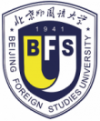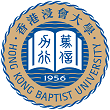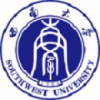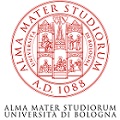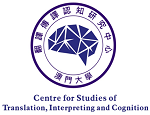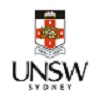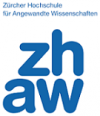On the basis of a pilot study using speech recognition (SR) software, this paper attempts to illustrate the benefits of adopting an interdisciplinary approach in translator training. It shows how the collaboration between phoneticians, translators and interpreters can (1) advance research, (2) have implications for the curriculum, (3) be pedagogically motivating, and (4) prepare students for employing translation technology in their future practice as translators. In a two-phase study in which 14 MA students translated texts in three modalities (sight, written, and oral translation using an SR program), Translog was employed to measure task times. The quality of the products was assessed by three experienced translators, and the number and types of misrecognitions were identified by a phonetician. Results indicate that SR translation provides a potentially useful supplement to written translation, or indeed an alternative to it.




